EPDM rubber is a synthetic polymer used in fluid power applications to seal static applications, such as pump housing seals or cylinder barrel end seals. Although rarely used as a dynamic seal for hydraulic applications, EPDM has benefits making it perfect for various applications. EPDM stands for ethylene propylene diene monomer and offers a resilience not found in other seal materials.
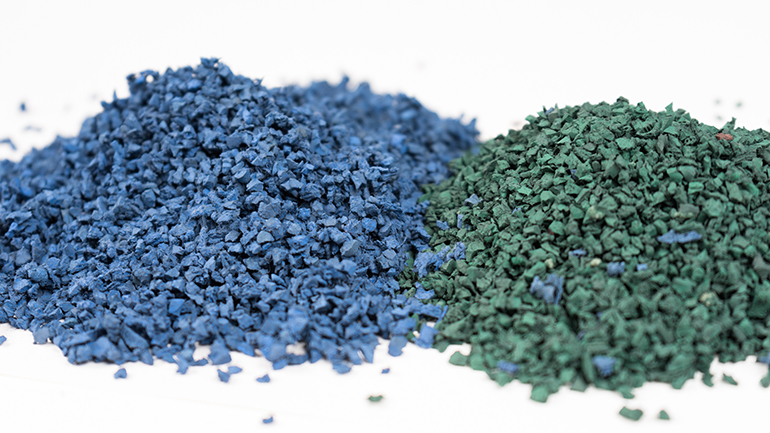
Image courtesy of Shutterstock
It may be easier to describe the applications in which EPDM does not work well, and unfortunately, for most hydraulic applications, the offender is mineral oil. So EPDM is not appropriate for most hydraulic machinery, but there are plenty of applications where it’s effective. Water-based hydraulic fluids are in the wheelhouse of EPDM, so expect water-glycol fluid to primarily power these applications. Although not relevant to hydraulic applications, EPDM has excellent chemical resistance, should you need it for a process application.
EPDM has a wide usable temperature range and works well anywhere from –65° to 300°F –54° to 150°C). This extensive operating range allows machinery to function in the coldest or hottest environments typical of machinery — from forestry to steel mills. Still, mills offer a considerable challenge to traditional seal polymers, so EPDM excels in using water-based fluids in these high heat conditions. In addition, steel mills like to avoid flame-supporting hydraulic fluid — imagine a pinhole leak in a hydraulic hose near a white-hot steel plate, and you’ll imagine a flame thrower if that fluid is oil.
There are other seal materials capable of withstanding either end of the temperature extreme, but rarely both at once. Viton, for example, is happy to seal away at 400°F (200°C) but won’t like being less than –20°F (–29°C). Conversely, some low-temperature urethane polymers work well down to –65°F (–54°C) but might fail prematurely above 230°F (110°C). Forest firefighting trucks face the most extremes of temperature, where they may fight residential fire in the winter or find themselves deep inside a burning forest six months later. The EPDM’s natural resistance to water-based fluids and temperature extremes will benefit their hydrostatic drive or hydraulic booms.
Aerospace applications take advantage of the versatile nature of EPDM, controlling various functions on most jet-powered aircraft. The temperature resistance has been established, above, but it’s important to note how easily EPDM handles more exotic hydraulic fluids, such as phosphate esters. Used primarily as a fire-resistant fluid, this option has been known to break down most traditional seal compounds but has no adverse effect on ethylene propylene diene monomer.
Whether environmental extremes or possible extreme fluids, EPDM offers fluid power designers a versatile option for static seals in demanding fluid power applications.

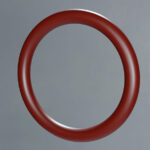
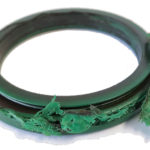
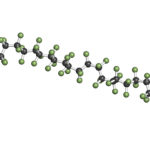
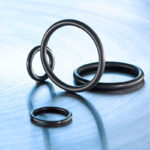


Leave a Reply